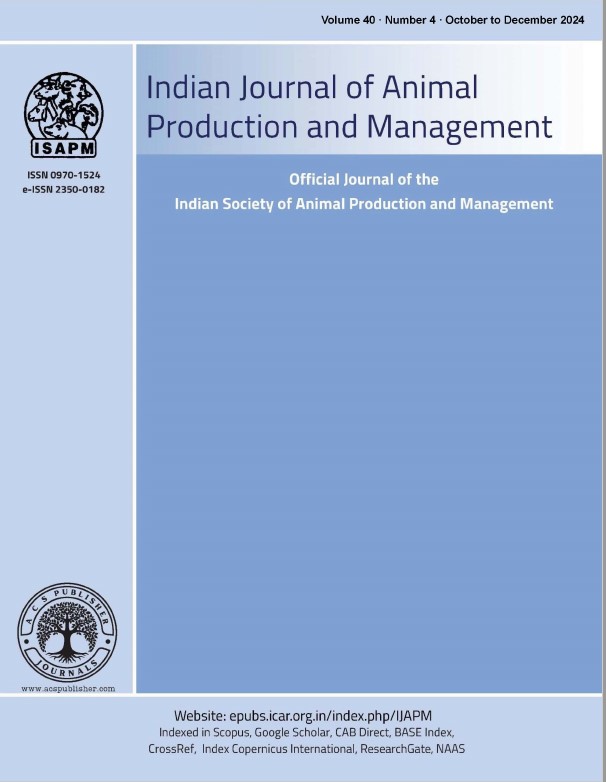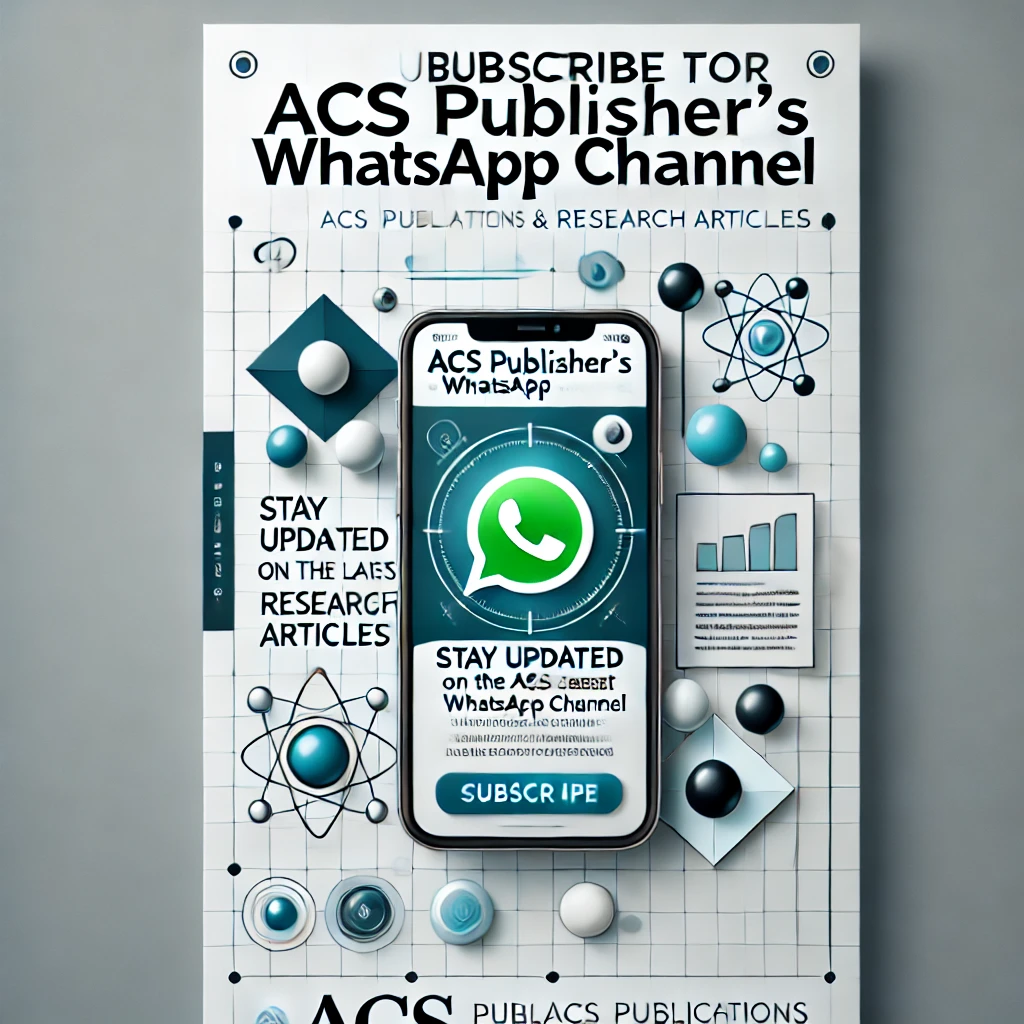Scanning Electron Microscopic Study of the Pancreas Gland of the Rabbit (Oryctolagus Cuniculus) and Guinea Pig (Cavia Porcellus): Comparative Study
DOI:
https://doi.org/10.48165/ijapm.2025.41.2.12Keywords:
Pancreas, SEM, Rabbits, guinea pigAbstract
The pancreas is a vital organ with both endocrine and exocrine functions in mammalian species. This report presents a comparative study of the ultrastructural characteristics of pancreatic tissue in the rabbit (Oryctolagus cuniculus) and guinea pig (Cavia porcellus) using scanning electron microscopy (SEM). Pancreas specimens were obtained from healthy adult animals on the University of Muthanna and processed for SEM using standard techniques for SEM processing. This study has documented different sizes of acinar cells, ductal structure, and organization of islets between the two species. The rabbit pancreas exhibited larger acini than guinea pig pancreas with more larger zymogen granules than that in the guinea pig. In contrast, the guinea pig pancreas exhibited more acinar units more densely packed with smaller acinar and cellular dimensions. Additionally, the ductal system of the rabbit pancreas exhibited more branching than that of the guinea pig pancreas. The current study adds to our knowledge of comparative pancreatic morphology to different species, regardless of physiological functional similarities, which has intrinsic importance in future studies involving comparative physiology or as an experimental model.
References
Williams JA. Regulation of pancreatic acinar cell function. Curr Opin Gastroenterol. 2006;22(5):498-504.
Aughsteen AA. The ultrastructure of primary and secondary lysosomes in pancreatic acinar and centroacinar cells of the rat. Eur J Morphol. 2001;39(4):209-213.
Bonner-Weir S, Orci L. New perspectives on the microvasculature of the islets of Langerhans in the rat. Diabetes. 1982;31(10):883-889.
Meredith RW, Janečka JE, Gatesy J, Ryder OA, Fisher CA, Teeling EC, et al. Impacts of the Cretaceous Terrestrial Revolution and KPg extinction on mammal diversification. Science. 2011;334(6055):521-524.
Graur D, Hide WA, Li WH. Is the guinea-pig a rodent? Nature. 1991;351(6328):649-652.
Brissova M, Fowler MJ, Nicholson WE, Chu A, Hirshberg B, Harlan DM, et al. Assessment of human pancreatic islet architecture and composition by laser scanning confocal microscopy. J Histochem Cytochem. 2005;53(9):1087-1097.
Henderson JR. Why are the islets of Langerhans? Lancet. 1969;2(7618):469-470.
Steiner DJ, Kim A, Miller K, Hara M. Pancreatic islet plasticity: interspecies comparison of islet architecture and composition. Islets. 2010;2(3):135-145.
Cabrera O, Berman DM, Kenyon NS, Ricordi C, Berggren PO, Caicedo A. The unique cytoarchitecture of human pancreatic islets has implications for islet cell function. Proc Natl Acad Sci U S A. 2006;103(7):2334-2339.
Williams RM, Zipfel WR, Webb WW. Interpreting second-harmonic generation images of collagen I fibrils. Biophys J. 2005;88(2):1377-1386.
Kumar S, Singh AK. Ultrastructural changes in pancreatic islets during experimental diabetes in mice. J Submicrosc Cytol Pathol. 2007;39(2):279-286.
Kim A, Miller K, Jo J, Kilimnik G, Wojcik P, Hara M. Islet architecture: A comparative study. Islets. 2009;1(2):129-136.
Logothetopoulos J. The beta-cell mass and proliferation of pancreatic islets. Handb Physiol. 1972;1:73-82.
Pfeifer MA, Halter JB, Porte D Jr. Insulin secretion in diabetes mellitus. Am J Med. 1981;70(3):579-588.
Hellman B. The frequency distribution of the number and volume of the islets of Langerhans in man. Acta Soc Med Ups. 1959;64:432-460.
Rahier J, Guiot Y, Goebbels RM, Sempoux C, Henquin JC. Pancreatic beta-cell mass in European subjects with type 2 diabetes. Diabetes Obes Metab. 2008;10 Suppl 4:32-42.
Stefan Y, Orci L, Malaisse-Lagae F, Perrelet A, Patel Y, Unger RH. Quantitation of endocrine cell content in the pancreas of non-diabetic and diabetic humans. Diabetes. 1982;31(8 Pt 1):694-700.
Case RM. Synthesis, intracellular transport and discharge of exportable proteins in the pancreatic acinar cell and other cells. Biol Rev Camb Philos Soc. 1978;53(2):211-354.
Pictet R, Rutter WJ. Development of the embryonic endocrine pancreas. Handb Physiol. 1972;1:25-66.
Slack JM. Developmental biology of the pancreas. Development. 1995;121(6):1569-1580.
Habener JF, Kemp DM, Thomas MK. Minireview: transcriptional regulation in pancreatic development. Endocrinology. 2005;146(3):1025-1034.
Rorsman P, Braun M. Regulation of insulin secretion in human pancreatic islets. Annu Rev Physiol. 2013;75:155-179.
Ashcroft FM, Rorsman P. Diabetes mellitus and the β cell: the last ten years. Cell. 2012;148(6):1160-1171.
Unger RH, Dobbs RE, Orci L. Insulin, glucagon, and somatostatin secretion in the regulation of metabolism. Annu Rev Physiol. 1978;40:307-343.
Gromada J, Franklin I, Wollheim CB. Alpha-cells of the endocrine pancreas: 35 years of research but the enigma remains. Endocr Rev. 2007;28(1):84-116.
Larsson LI, Sundler F, Håkanson R. Immunohistochemical localization of human pancreatic polypeptide (HPP) to a population of islet cells. Cell Tissue Res. 1975;156(2):167-171.
Orci L, Baetens D, Rufener C, Amherdt M, Ravazzola M, Studer P, et al. Hypertrophy and hyperplasia of somatostatin-containing D-cells in diabetes. Proc Natl Acad Sci U S A. 1976;73(4):1338-1342.
Elayat AA, el-Naggar MM, Tahir M. An immunocytochemical and morphometric study of the rat pancreatic islets. J Anat. 1995;186(Pt 3):629-637.
Argent BE, Arkle S, Cullen MJ, Green R. Morphological, biochemical and secretory studies on rat pancreatic ducts maintained in tissue culture. Q J Exp Physiol. 1986;71(4):633-648.
Steward MC, Ishiguro H, Case RM. Mechanisms of bicarbonate secretion in the pancreatic duct. Annu Rev Physiol. 2005;67:377-409.
Githens S. The pancreatic duct cell: proliferative capabilities, specific characteristics, metaplasia, isolation, and culture. J Pediatr Gastroenterol Nutr. 1988;7(4):486-506.
Novak I, Greger R. Electrophysiological study of transport systems in isolated perfused pancreatic ducts: properties of the basolateral membrane. Pflugers Arch. 1988;411(1):58-68.
Childs GV, Unabia G, Wu P. Differential expression of growth hormone messenger ribonucleic acid by somatotropes and gonadotropes in male and cycling female rats. Endocrinology. 2000;141(5):1560-1570.
Matthaei KI. Genetically manipulated mice: a powerful tool for studying development and disease. Aust N Z J Med. 1998;28(4):452-460.
Phillips PA, Rolls BJ, Ledingham JG, Forsling ML, Morton JJ. Osmotic thirst and vasopressin release in humans: a double-blind crossover study. Am J Physiol. 1985;248(6 Pt 2):R645-650.
Keller P, Petersen OH, Berridge MJ. The role of endoplasmic reticulum Ca2+ pumps in sustaining Ca2+ oscillations in single pancreatic acinar cells. Cell Calcium. 1996;20(2):122-130.
Jensen RT, Battey JF, Spindel ER, Benya RV. International Union of Pharmacology. LXVIII. Mammalian bombesin receptors: nomenclature, distribution, pharmacology, signaling, and functions in normal and disease states. Pharmacol Rev. 2008;60(1):1-42.
Logsdon CD, Williams JA. Pancreatic acinar cells in monolayer culture: direct trophic effects of caerulein in vitro. Am J Physiol. 1983;245(5 Pt 1):G678-684.
Singh J, Adeghate E. Pancreatic beta cell apoptosis in type 1 diabetes. Eur J Endocrinol. 2006;154(5):655-661.
Rutter GA. Nutrient-secretion coupling in the pancreatic islet beta-cell: recent advances. Mol Aspects Med. 2001;22(6):247-284.
MacDonald PE, Wheeler MB. Voltage-dependent K(+) channels in pancreatic beta cells: role, regulation and potential as therapeutic targets. Diabetologia. 2003;46(8):1046-1062.
Seino S. Cell signalling in insulin secretion: the molecular targets of ATP, cAMP and sulfonylurea. Diabetologia. 2012;55(8):2096-2108.
Proks P, Reimann F, Green N, Gribble F, Ashcroft F. Sulfonylurea stimulation of insulin secretion. Diabetes. 2002;51 Suppl 3:S368-376.
Newsholme P, Cruzat V, Arfuso F, Keane K. Nutrient regulation of insulin secretion and action. J Endocrinol. 2014;221(3):R105-120.
Prentki M, Nolan CJ. Islet beta cell failure in type 2 diabetes. J Clin Invest. 2006;116(7):1802-1812.
Butler AE, Janson J, Bonner-Weir S, Ritzel R, Rizza RA, Butler PC. Beta-cell deficit and increased beta-cell apoptosis in humans with type 2 diabetes. Diabetes. 2003;52(1):102-110.
Marselli L, Thorne J, Dahiya S, Sgroi DC, Sharma A, Bonner-Weir S, et al. Gene expression profiles of Beta-cell enriched tissue obtained by laser capture microdissection from subjects with type 2 diabetes. PLoS One. 2010;5(7):e11499.
Donath MY, Halban PA. Decreased beta-cell mass in diabetes: significance, mechanisms and therapeutic implications. Diabetologia. 2004;47(3):581-589.
Kahn SE, Hull RL, Utzschneider KM. Mechanisms linking obesity to insulin resistance and type 2 diabetes. Nature. 2006;444(7121):840-846.
Weir GC, Bonner-Weir S. Five stages of evolving beta-cell dysfunction during progression to diabetes. Diabetes. 2004;53 Suppl 3:S16-21.
Halban PA, Polonsky KS, Bowden DW, Hawkins MA, Ling C, Mather KJ, et al. β-cell failure in type 2 diabetes: postulated mechanisms and prospects for prevention and treatment. Diabetes Care. 2014;37(6):1751-1758.
Zimmet P, Alberti KG, Shaw J. Global and societal implications of the diabetes epidemic. Nature. 2001;414(6865):782-787.
Wild S, Roglic G, Green A, Sicree R, King H. Global prevalence of diabetes: estimates for the year 2000 and projections for 2030. Diabetes Care. 2004;27(5):1047-1053.
Shuldiner AR, O’Connell JR, Bliden KP, Gandhi A, Ryan K, Horenstein RB, et al. Association of cytochrome P450 2C19 genotype with the antiplatelet effect and clinical efficacy of clopidogrel therapy. JAMA. 2009;302(8):849-857.
Inzucchi SE, Bergenstal RM, Buse JB, Diamant M, Ferrannini E, Nauck M, et al. Management of hyperglycemia in type 2 diabetes: a patient-centered approach: position statement of the American Diabetes Association (ADA) and the European Association for the Study of Diabetes (EASD). Diabetes Care. 2012;35(6):1364-1379.

